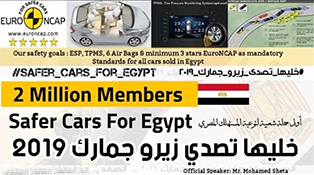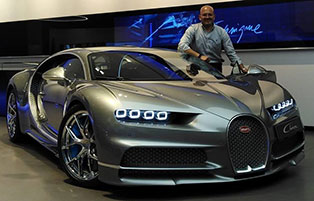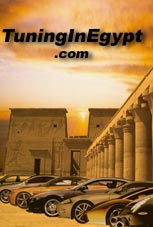Hyundai
Hyundai enters new era with Sonata and ix35 – Europe and Japan: Watch out!
And although Hyundai’s CEO Chung Mong-Koo, 68, faced some problems over the past few years, the Hyundai-Chaebol was able to have a turnover of around 75 Billion Euros through its 40 companies. Hyundai is not only one of the top five car manufacturers worldwide, but it also plans to be in the top three within a few years.
Hyundai started getting involved heavily in Soccer sponsoring in 2002 and was even able to be the sole �Automotive Partner’ of the 2006 FIFA World Cup, in the homeland of the automotive industry, Germany. The Mercedes busses used for the transfers of the teams had to cover their logos with huge Hyundai stickers, and even the Mercedes stars on the steering wheels were removed.
And although Hyundai is the FIFA Automotive Partner for the 2010 and the 2014 Soccer World Cup, in the elite �FIFA Partner’ circle next to other renowned quality brands such as Visa, Coca Cola, adidas and Sony, it seems that this important message and image is not coming through in t
So, what about the cars which Hyundai is building? Almost ten years ago my opinion about the Korean car manufacturer Hyundai was very simple. They build small, simple and very low-priced cars. That was the message transferred to me and all the other Egyptian and Middle Eastern public through the wide-spread Hyundai advertisements and media campaigns.
For that reason we bought a Hyundai Excel for our magazine so our office-boy would use it in delivering and picking up our mail and documents. The Excel was ideal for our office boy: he could not �race’ or speed with the car, the fuel-consumption was very low and if anything went wrong you could find low-priced spare parts at almost every corner in Cairo or any other capital in the Middle East.
That 'first impression' of mine only started to change slightly a few years later, when I was invited by Hyundai Egypt / Ghabbour to test-drive the Hyundai New Accent in Sharm El Sheikh. That must have been sometime around 2006 or 2007.
And although I only had the chance to drive the 1.4-litre New Accent for a few minutes inside the gigantic hotel premises of the Movenpick Jolie Ville Golf resort in Sharm El Sheikh, those few minutes made me change my first impression about Hyundai completely.
Not only did the New Accent fit into a higher category than its predecessor, the Accent, but also its 1.4-litre engine was surely a big surprise in terms of acceleration and response. In addition to the very lively 1.4-litre engine, which surely would have been able to impress a lot of young and ambitious drivers, also the leg-room in the back was much more comfortable and convenient than in the strong competitors such as the Mitsubishi Lancer. Not to mention the quality improvement over the old Accent or the Excel.
Now, that was a few years ago when I thought Hyundai was doing some fast steps forward. A few years later the next Hyundai I tested was the all-new 2010 Sonata and the brand-new 2010 ix35 Tuscon. And those �fast steps’ turned into a �big jump’ for Hyundai.
Although we only had a few hours to test-drive both new models on a single day, it was enough to give me, as well as my colleague Ahmed Bahaa from Akhbar El Youm and Mahmoud from Al-Ahram newspaper, a first impression on the improvements Hyundai Motors Company did over the past few years. I do not know about my two other colleagues, but at least my overall impression of the new 2010 Sonata and the new ix35 Tuscon was pretty good.
I started the test-drive day with the ix35 Tuscon, which I picked up at parking-lot of the Al-Bustan Intercontinental Hotel.
The concept of the ix35 is very simple. After Tucson's successful long run, the challenge of the LM project team was to conceive an even better C-class SUV than the already successful original. Starting with a clean slate, the LM development team moved away from the two-box off-roader look in favor of a sleeker, more reformed profile while aiming for a roomier cabin, extra storage capacity and fuel economy leadership.
Styling-wise, Hyundai's new "fluidic" design language finds confident expression in the sweeping, gently curved lines of the ix35. The hexagonal grille previewed on the ix-onic concept at the 2009 Geneva Auto Salon moves into mass production on the ix35, a defining look that will serve to unify the family of future Hyundai products. To achieve the desired dynamic and sporty image, ix35 gets an aggressive belt line coupled with a low-to-the-ground feel which is enhanced by the optional 225/55 R18 wheels. Aerodynamic tweaks include the addition of a rear spoiler which aids fuel efficiency.
The interior lines echo the dynamic flow of the sheet metal. For improved comfort, designers have managed to carve out extra legroom and headroom (whilst lowering the overall height of the vehicle). The feeling of spaciousness in the cabin is further enhanced by the new dual-panel panoramic sunroof with UV blocking. Rear seat passengers now get to share the enjoyment of a sunroof too. The center panel can either tilt open or can open completely by sliding up and over the rear panel. An anti-pinch system guards against injuries from trapping.
As for the overall dimensions, the ix35 rides on a 2,640mm wheelbase which is just 10mm longer than the previous iteration. At 4,410mm and 1,820mm, it is also longer and wider than its predecessor (by 85mm and 20mm, respectively) greatly improving the interior cabin space but the overall height of 1,665mm has been lowered by 25mm without affecting headroom.
Greater travel in the front seat adjustment gives more legroom and headroom for taller drivers. The centre console box has been enlarged to 6.2 liters (an increase of 3.4 liters) for more storage and the centre armrest is longer and higher for greater comfort. The USB/Aux jack has been relocated to create more storage space for personal music players. In addition, the height of the rear cargo screen has been raised by 71mm for more storage plus a small storage binnacle has been added in the rear cargo area.
Regarding the power-train, and to further broaden its appeal, ix35 will get the Hyundai’s newest fuel-efficient engines and five-, six-speed manual and six-speed automatic transmissions. Powertrain availability will vary according to region.
Customers in Africa and Middle East will be offered a choice of two thrifty and clean-burning petrol engines: the Theta-II 2.4 rated at 177ps and 23.1kg.m of torque which emits just 219 g/km of CO2 (4WD AT) and the Theta-II 2.0 delivering 166ps and 20.1kg.m of torque, further reducing CO2 to 206g/km(2WD MT).
The all-new R 2.0 diesel engine is the cleanest among the lineup producing CO2 emissions of just 174g/km (4WD MT). This diesel engine achieves 7.5 liter per 100km fuel economy with maximum power output of 177ps and 40kg.m of torque(A/T).
Hyundai’s all new six-speed automatic transmission will be available for all engines while five-speed manual is only available with the Theta-II 2.0 and the six-speed manual is mated only to Theta-II 2.0 and R 2.0.
Regarding to the Theta-II engine, Hyundai engineers have taken the World Engine, the largest gasoline engine program in the world, and created the lighter, more fuel efficient and cleaner-running Theta-II.
The 2.0-liter Theta-II has shed over 10kg from its previous iteration. For better fuel efficiency and reduced NOx emissions, Theta-II gets Dual CVVT (intake and exhaust camshaft phaser) while Theta-I is equipped with only intake CVVT. Major improvements begin with the application of a two-stage Variable Intake System (VIS) which enables switching between long and short intake manifold resulting in an across-the-board performance increase. To reduce internal friction, engineers have applied a Diamond-like-coating (DLC) to the top surface of the valve tappets resulting in improved fuel efficiency. Engineers also expended considerable time and effort optimizing the oil pump pressure to achieve an ideal balance between durability and fuel economy.
And for those who prefer diesel engines, the R is the newest member of Hyundai's passenger diesel family joining the U (1.1, 1.4 and 1.6–liter), the A (2.5–liter) and S (3.0–liter V6). In its initial 2-liter edition, R generates 184ps and 40kg.m of torque.
The R–Engine benefits from the third generation common rail system developed by Bosch whose piezo-electric injectors deliver fuel at 1800 bar providing an unprecedented degree of accuracy and control.
It also features an electronically-controlled variable geometry turbocharger and an advanced engine control unit (air system-based charge control).
The R–Engine is fitted with a 16-valve dual overhead camshaft which is driven by an internal steel silent timing chain. For reduced vibration and lower booming noise, the R gets a lower balance shaft which has been encased in a stiffened ladder frame housing for increased rigidity. Weight-saving features include serpentine belt with isolation pulley, a plastic head cover, plastic intake manifold and plastic oil filter housing.
Developed by a 150-man team at an investment cost of 250 billion won, the R–Engine harnesses Hyundai?´s newest and most advanced development tools. Computational flow dynamics and structural and thermal analysis were used to optimize its design while computerized simulation of the die casting process was employed to achieve the optimal balance of strength and low weight.
Over 500 prototype engines were built during the 42 month–long development period which encompassed a wide variety of performance and emissions tests, endurance as well as NVH, cooling and lubrication studies. Finally, the engine was installed in vehicles and subjected to exhaustive testing under all imaginable environmental conditions.
Emitting 219g/km of CO2 (2.4l - 4WD AT), 206g/km CO2 ( 2.0l - 2WD MT) and 174g/km CO2 (R 2.0 Diesel - 4WD MT) surely is not the best in its class and still leaves room for improvement. But luckily for Hyundai the emissions have no influence on the registration fees or import taxes in most parts of the Middle East or North Africa. At least not yet.
The all-new R 2.0 diesel engine is the cleanest among the lineup producing CO2 emissions of just 174g/km (4WD MT). This diesel engine achieves 7.5 liter per 100km fuel economy with maximum power output of 177ps and 40kg.m of torque(A/T).
I personally liked the smoothness of the 2.0 and 2.4 Theta-II engines, which harmonize perfectly with the smooth six-speed automatic transmission.
Unfortunately we didn’t have enough time to drive it, in order to make a thorough opinion about the overall performance and fuel consumption, but for the first impression it was more than okay.
Nevertheless, it will be essential for Hyundai to offer the ix35, as well as the 2010 Sonata, with smaller engines such as turbo-charged 1.4 gasoline engines or 1.6 turbo-diesel engines in order to be able to compete with the other main competitors in the Egyptian market, such as the VW Tiguan 1.4 TSI (which costs around 230.000 LE Egyptian Pounds) or the upcoming Skoda Yeti 1.2 TSI (which will cost around 150.000 LE). The Sonata also needs a 1.6 litre engine in order to be able to compete with the current Skoda Octavia (which starts at around 160.000 LE) or the BMW 316i (209.000 LE).
Any engine-displacement larger than 1600cc will be charged 131 % import taxes instead of only 36% for the 1.6 litre engines. Of course any car manufacturer who wants to be successful in the Egyptian market needs to offer his 1.6-litre-equipped car with an automatic transmission. At least until 2019, when the import taxes on European cars will be 0 % and therefore your engine-displacement can be a large as you wish.
If we talk about the automatic transmission, Hyundai says that its all-new six-speed automatic transaxle helps the company meet its goals of improving fuel efficiency and reducing CO2 emissions. Shifts are indeed silky-smooth with an option of sporty-type, manual shifting through the Shiftronic which is also new to the ix35.
Especially on soft-gravel roads, such as the one we experienced, this manual shifting was really fun to use. Unfortunately we did not get the chance to try the ix35 in soft sand or deep sand, since such terrain is very common in Egypt and the Middle East region. But hopefully we will have the chance to do that soon.
Designed for transverse engine applications in passenger cars and SUVs, Hyundai says the new compact transaxle puts Hyundai into an elite class of auto manufacturers who have designed their own proprietary 6-speed automatic (after Toyota and a GM/Ford joint venture) demonstrating Hyundai’s advanced powertrain engineering capabilities.
The strength of the design is its totally unique layout which, according to Hyundai, makes it smaller, more compact and lighter than any other 6-speed on the market today.
For the customer, the new six-speed promises a performance edge. In this application, it delivers a 12.2 percent gain in fuel economy (10.1km/l versus 9.0km/l) and is 2.5 percent quicker in zero to 100km/h acceleration times (7.8sec versus 8.0 sec). It also delivers an 11 percent improvement in 60km/h to 100km/h overtaking performance (4.0 sec versus 4.5 sec), so says Hyundai.
Furthermore the unit is maintenance-free: the gearbox is not equipped with a dipstick as it is filled with an automatic transmission fluid that is good for the life of the vehicle thereby reducing maintenance costs.
I am sure ExxonMobil, Shell and Total will not like that, but the Hyundai customers, especially in Egypt, will appreciate that a lot.
Developed over a four-year period, Hyundai states that this new six-speed automatic is 12kg lighter than the five-speed it replaces. It also is 41mm shorter and considerably simpler having 62 fewer parts, which is a key to increased durability, lighter weight and lower cost.
When it comes to gearsets, more is definitely better. The addition of a sixth gear enables closer spacing between gear ratios providing a better balance of performance and fuel economy while the wide overall gear ratio helps deliver strong acceleration.
I didn’t get the chance to drive in 6th gear a lot, but it surely completed the smooth behavior and impression of the gearbox.
The gearbox has three planetary gearsets whose hallmark is simplicity of design and a unique flat torque converter which shortens the unit's overall length by 12mm. Four pinion differentials improve durability and further minimize size.
Hyundai continues that another example of engineering ingenuity is to be found in the design of the hydraulic pressure control unit. Because there are always slight manufacturing deviations from one solenoid valve to the next which cause fluctuation in the hydraulic pressure and affect shift precision and quality, the transaxle features cleverly integrated adjustment screws in the valves which enable each of the eight valves to be calibrated at the factory.
This novel feature ensures stable hydraulic pressure at any shift point which facilitates a high degree of precision and control needed to deliver ultra-fast, smooth and precise shifts throughout the rpm range.
The multi-link rear suspension was adopted not only for its superior ride and handling characteristics but also because of its compact design which minimizes intrusion into the cabin creating extra space for passengers and cargo. Tried and true MacPherson struts are employed for the front suspension set-up.
During the test-drive I felt that the suspension was very comfortable but yet very stable on asphalt as well as on soft gravel.
For Egyptian roads, that is an even better suspension-setting than the locally-assembled Nissan X-Trail, which recently won a comparison test against the other two Made-in-Egypt BMW X3 and the Jeep Cherokee in Auto Arabia Magazine.
In regards to safety innovations, particular attention has been paid to increasing the stiffness of the front side members which have been enlarged and straightened. Also, the center pillars serve as the anchors of new ring structure which improves overall side structure stiffness while also creating more room for the door armrest and seat.
The entire body shell has been made stiffer and lighter thanks to its more extensive use of ultra-high tensile strength steel which comprises 68.9 percent of the shell compared to its predecessor's 57.3 percent. Also, the use of Tailor Welded Blanks has been expanded on key structural members. TWB assemblies combine steels of different thickness and grades using a sophisticated laser welding and stamping process achieving an optimal stiffness-to-weight ratio. TWBs reduce body weight while enhancing crash energy management. Compared to its predecessor’s 407.9kg, the new body shell weighs just 385.2kg, for an impressive weight-saving of 22.7kg.
Extensive work was done to isolate sounds and eliminate vibrations. ix35 was indeed discernibly quieter both at highway speeds and at engine idle. Booming noise is reduced thanks to a sub-frame dynamic damper while the rear luggage area gets extra soundproofing to isolate exhaust sounds. Road noise has been minimized by improving stiffness in the front and rear struts, rear trailing arm and the spring sheet.
In a panic braking situation, the emergency flash signals are automatically triggered thus reducing the risk of rear-end crashes. In the unfortunate event of a rear-end collision, active headrests are triggered by the pressure of the seat occupant’s weight on the backrest, the headrests automatically moving upwards and forwards to help prevent injuries to head, neck and upper body.
Thank god we did not need to experience those safety features during the test-drive in Oman.
In addition to 4WD capability (optional), ix35's CUV credentials are strengthened with two new safety features: Hillstart Assist Control and Downhill Brake Control which promote safer travel up and down steep slopes.
For safer maneuvering in reverse gear, a rear-view camera has been added. Shifting into reverse gear automatically turns on the rear-view camera which provides a wide-angle view of the rear on a 3.5-inch color LCD built into the rear-view mirror thus reducing the risk of accidents. The rear-view mirror is autochromic which means it automatically dims during night-time driving to reduce the glare of the headlights from vehicles behind.
Side mirror housings have been modified to reduce wind noise and also feature an integrated repeater lamp for improved visibility. At the flick of a switch, the foldable mirror housings dip inwards to reduce the overall width of the vehicle.
Innovations extend to the side glass weather-stripping which now features a water dam. This not only enlarges the side glass view but also safely channels rain water to maximize visibility.
Hyundai also thought a lot about comfort and convenience. Anti-pinching power window (driver's seat only) provides an extra touch of safety.
The Heating Ventilation and Air Conditioning (HVAC) system has been upgraded with a new blower and dual temperature controls for the driver and front passenger. Winter or summer, the desired cabin temperature can be reached quicker with the new air blower, something which is surely needed in Egypt and the Middle East.
The new design draws on a mix of outside/inside air for faster cooling down and warming up. The automatic control of the temperature has been made more precise thanks to the use of new and improved sensors. A cluster ionizer has also been included to combat the build-up of mildew and fungus which cause unpleasant musty odors. It generates ion plasma that ensures the HVAC system blows the cleanest, freshest air throughout the life of the vehicle.
Other new features include a push button start with smart-key proximity sensor, Foot Parking Brake for LHD A/T, Steering wheel-mounted audio remote control as well as 18� inch wheels
The ix35 will be built in three factories on two continents. Mass production of the Tucson has already started at the Ulsan factory for the Korean domestic market, North America and the general market (all countries outside of EU and greater Europe).
The Kia Motors factory in Zilina, Slovakia will build the ix35 starting in the first quarter of 2010 (R engine and Theta-II).
The ix35 will also be built by Beijing Hyundai to meet demand in China.
Although the ix35 will probably not be assembled at the Hyundai-Ghabbour CKD factory in Egypt, I still believe that the ix35 could easily sell a few thousands units in Egypt if promoted correctly with the right engine and automatic transmission.
Stay tuned this week for the test-drive of the new 2010 Sonata here on www.AutoArabia.org
MS
Some background information about Hyundai:
Established in 1967, Hyundai Motor Co. has grown into the Hyundai-Kia Automotive Group which was ranked as the world’s fifth-largest automaker since 2007 and includes over two dozen auto-related subsidiaries and affiliates. Employing over 75,000 people worldwide, Hyundai Motor sold approximately 3.1 million vehicles globally in 2009, posting sales of US$41.8 billion (including overseas plants, using the average currency exchange rate of 1,276 won per US dollar). Hyundai vehicles are sold in 193 countries through some 6,000 dealerships and showrooms. Further information about Hyundai Motor and its products are available at www.hyundai.com.

Readers Comments:
A from Cairo - Egypt wrote:it sounds too good to be true. Are there any expectations as to when it would hit the Egyptian market, and at what price?
If they were able to provide with a 1.6 L or 1.4 T engine they could price it right.
If you do know who can import/sell in Egypt soon, please publish it as I am seriously intersted.
A
Editors response:
Both the new 2010 Hyundai Sonata and the 2010 Hyundai iX35 shall be offered soon in Egypt with a 1.6 litre engine. We will publish soon here on our website when they will be available . Check out our website soo.
Related articles:
#SaferCarsForEgypt
 Want to sell your used car or buy one? Then check out our new used car market section
here!
Want to sell your used car or buy one? Then check out our new used car market section
here!
 Looking for a good service center or aftersales customer service? Did you have any bad experience with your car dealer or service center? Then check our 'automotive evaluation charts'
here!
Looking for a good service center or aftersales customer service? Did you have any bad experience with your car dealer or service center? Then check our 'automotive evaluation charts'
here!
Is Egyptian car market corrupt or collapsing?

Is the Egyptian car market collapsing or is it just a corrupt and unprofessional car market?
This is surely one of the most asked questions these days. Everybody is asking ...
AutoArabia Consulting
Middle East Car of the Year
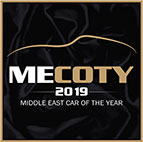
Read more
Crash Test Results

Subscribe



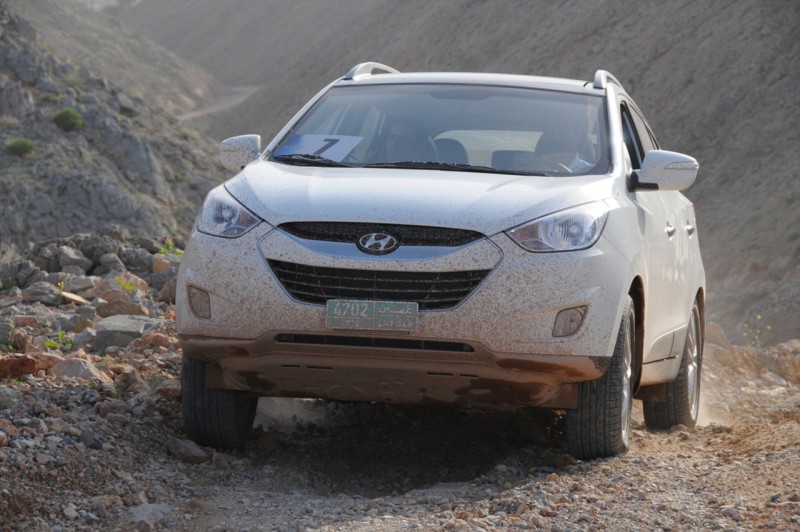
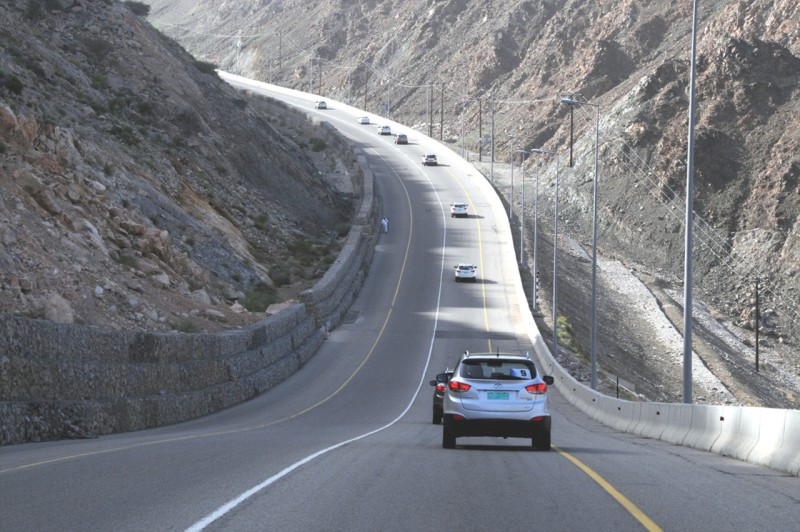
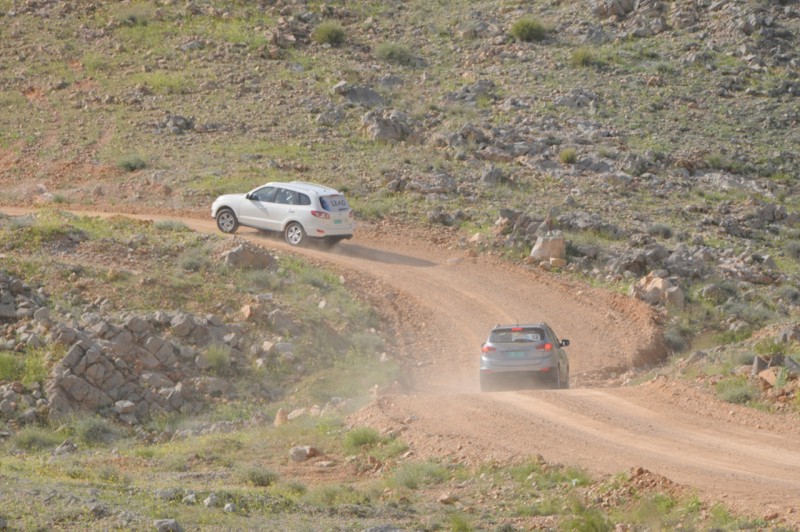
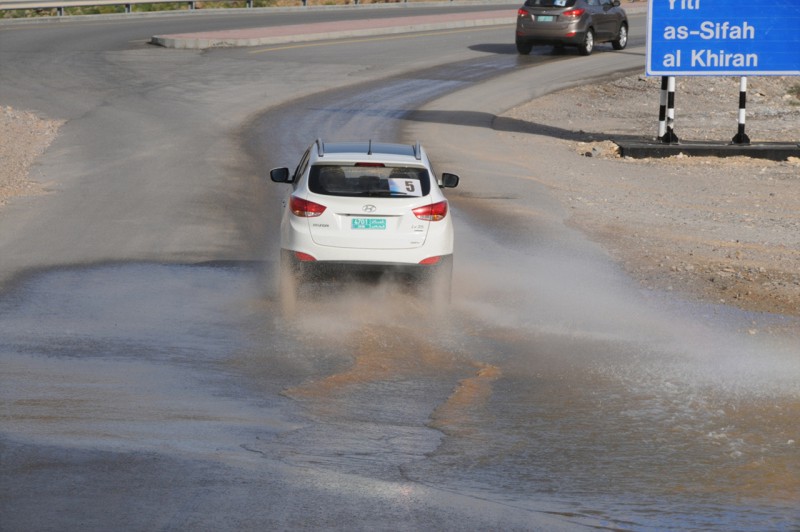
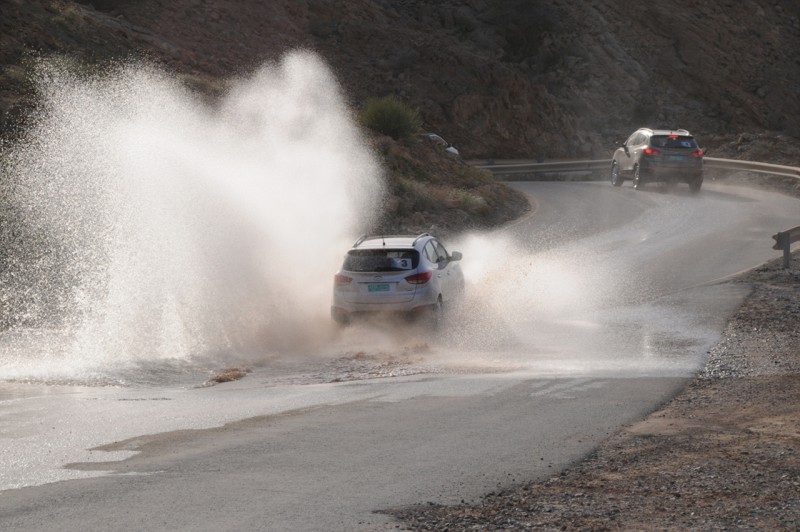
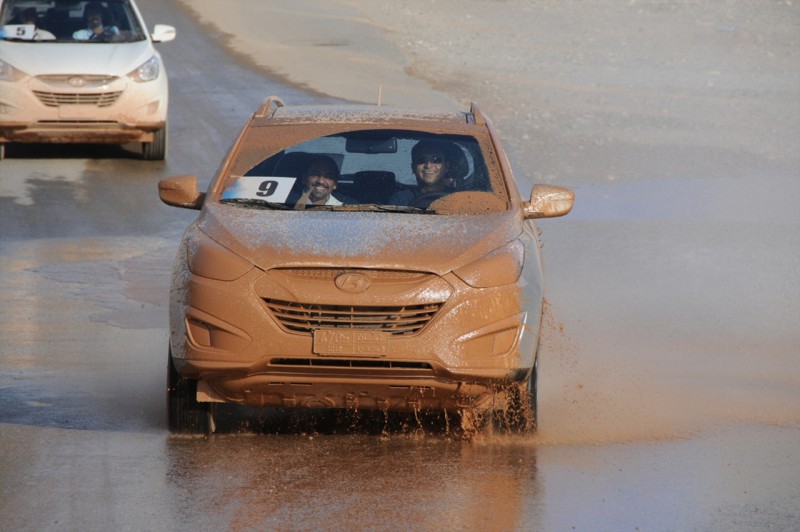
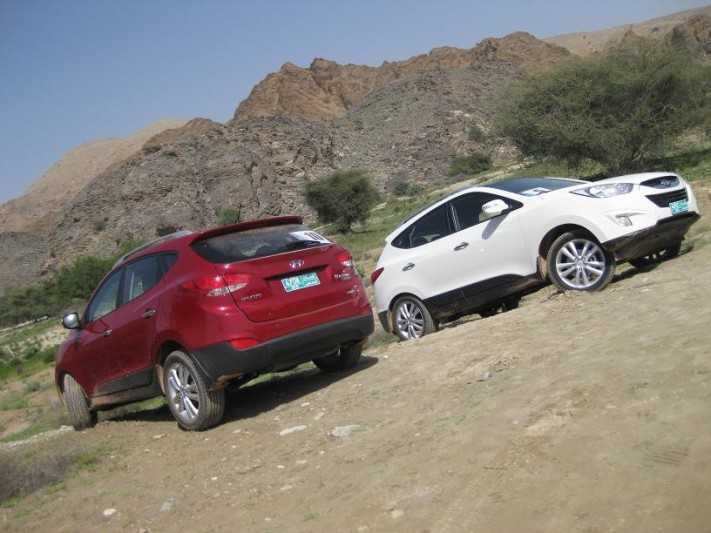
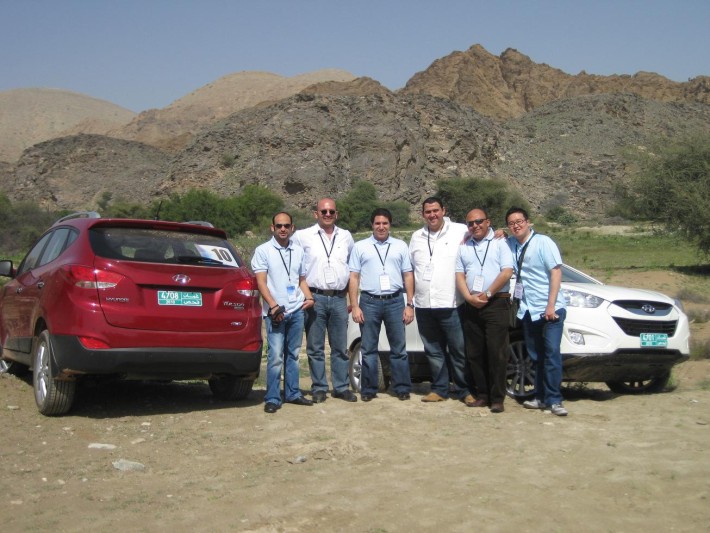
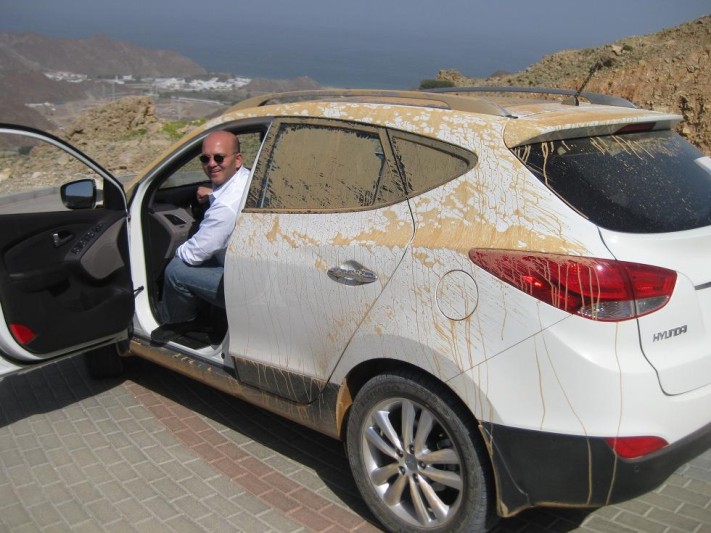
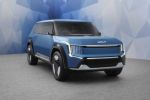 Kia Concept EV9: Die Weiterentwicklung des SUVs
Kia Concept EV9: Die Weiterentwicklung des SUVs KIA prepares launch of 2023 Sportage in Middle East and ...
KIA prepares launch of 2023 Sportage in Middle East and ...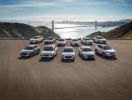 بالرغم من ازمة الشرائح العالمية: هيونداي موتور تطلق عروضًا ترويجية جذابة بمناسبة العودة إلى المدارس في ...
بالرغم من ازمة الشرائح العالمية: هيونداي موتور تطلق عروضًا ترويجية جذابة بمناسبة العودة إلى المدارس في ...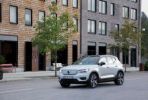 Volvo Cars receives highest possible sustainability ...
Volvo Cars receives highest possible sustainability ... KIA PRODUCES THREE MILLIONTH CAR WITH INDUSTRY-LEADING ...
KIA PRODUCES THREE MILLIONTH CAR WITH INDUSTRY-LEADING ...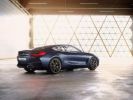 BMW Middle East partners with Art Dubai
BMW Middle East partners with Art Dubai Groupe Renault inaugurates new Alpine A110 production ...
Groupe Renault inaugurates new Alpine A110 production ...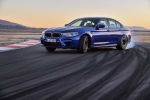 BMW M5 WINS THE 2018 WORLD PERFORMANCE CAR AWARD AT WCA
BMW M5 WINS THE 2018 WORLD PERFORMANCE CAR AWARD AT WCA Good news for BMW customers in Egypt: BMW headquarter ...
Good news for BMW customers in Egypt: BMW headquarter ... BMW recalls 150.000 vehicles because of possible fuel ...
BMW recalls 150.000 vehicles because of possible fuel ...